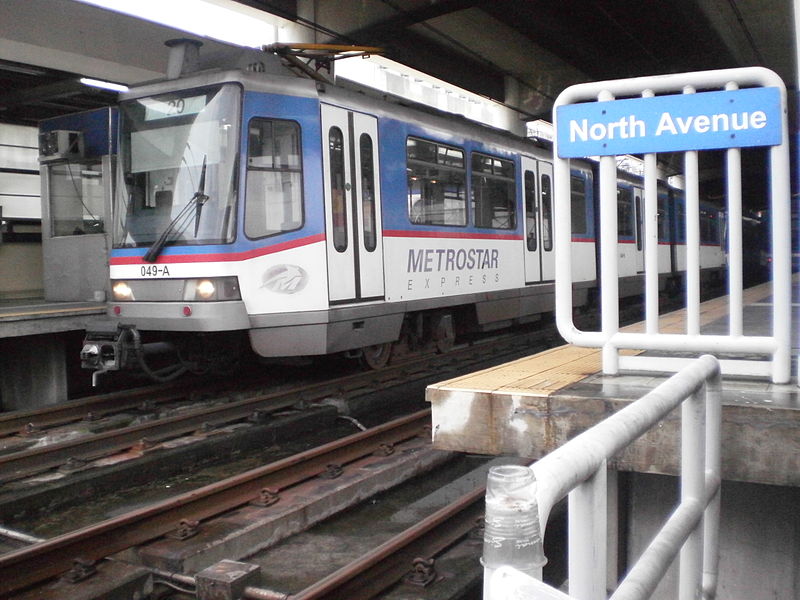
Try other modes of transportation.
This may well be the temporary solution of Malacañang to the problems being faced by the Metro Rail Transit (MRT), which is carrying 560,000 passengers on average per day.
According to MRT 3 general manager Al Vitangcol, MRT’s original design capacity can only accommodate 320,000 passengers.
In a press briefing on Thursday, April 10, Presidential Communications Operations Office head Herminio Coloma Jr. urged the commuters to try riding passenger buses, saying that this mode of transportation is not as packed out as the MRT.
Every day, thousands of passenger buses pass through Epifanio Delos Santos Avenue (EDSA).
When MRT 3 started its operations in 1999, its initial goals were to help clear traffic congestion on EDSA and provide modern public transportation to commuters.
While Coloma is aware that traveling via MRT is more convenient and efficient, he emphasized the need to explore other options.
“Siyempre may advantages yung MRT in terms of economy and efficiency, dahil nga walang traffic kapag nakasakay ka na. Pero siguro panahon na para tingnan din yung ibang mga opsyon habang hinihintay natin yung pagdating ng mga bagong bagon ng MRT,” he added.
(Of course, MRT has advantages in terms of economy and efficiency, because you will not be hassled by traffic as soon as you get inside the train. But maybe, it’s about time to look at the other options while we are waiting for the arrival of the new MRT coaches).
MRT fare costs around P10-P15 while bus fare ranges from P15-P40, depending on the destination’s distance.
Long queue at stations and sudden breakdowns are the most common problems being raised by MRT passengers.
Last month, MRT trains stopped suddenly due to a faulty emergency brake, injuring at least 10 people.
In order to ease overcrowding, the Department of Science and Technology (DOST) suggests using the so-called hybrid “road train” using five coaches with a capacity of 200-400 passengers. However, it is still in the testing phase in Clark.
Robert Dizon, a DOST Assistant Secretary, believes that as long as there are no new coaches, there is a need to redistribute ridership by increasing the MRT fare—at least at par with that of buses fare.